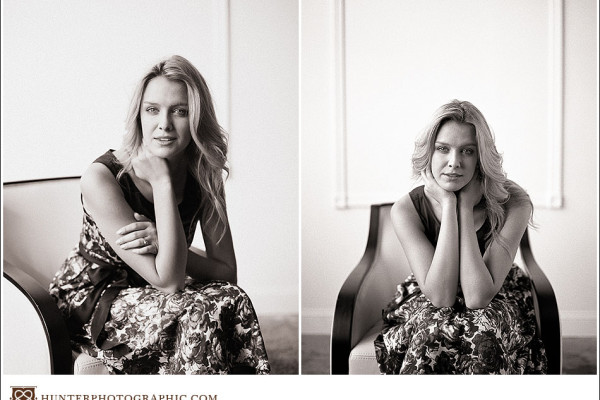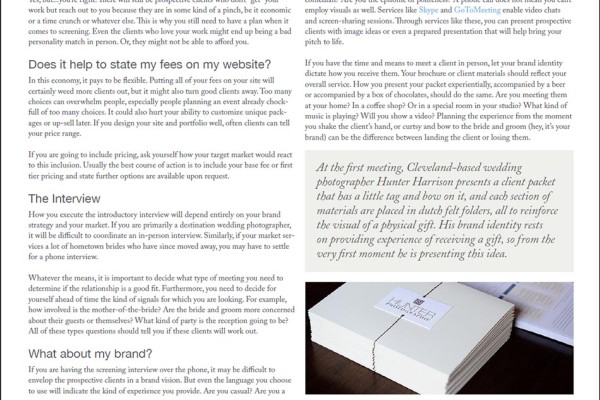In the past I have done a couple posts concerning the Visual Supply Co. VSCO Film preset package for Lightroom (here and here). As you may know, I snapped up this package pretty quickly and have been using it for a couple months. I have never bought a preset package before and to this day, VSCO Film is the only preset package I own. There is a big reason for this. Included today is our first video, and I decided to tackle and overview of VSCO Film.
During the (very low-budget) video, I discuss aspects of my shooting style and an overview of the VSCO package. Here is a quick list of what I cover –
- My photographic style and why VSCO Film works for me
- A walk-through of the different film emulsions included with the package
- I briefly touch on how VSCO Film works
- The additional preset “toolkit” items included with VSCO Film
- How to integrate the presets into a Lightroom workflow
- and finally, some potential hurdles to watch out for
I think that covers it for today. I certainly aim to produce better videos in the near future. Speaking of which, I will have more coming soon specifically for photographers. Also take a moment to check out what we are up to now on Facebook.
P.S. – This one video took me 9 takes and a barzillon edits. Please be kind 😉
-
Awesome video! I love using VSCO.
-
Thank you for taking the time to make this video, it has been very informative.
-
Great video, not poor at all. It makes me want a VSCO Film. Thanks!
-
Thanks Hunter for an excellent video. I was deciding whether to buy this VSCO presets and your review has really helped my decision. Cheers!
-
Agreed, thanks for doing the vid - well presented.
-
Fantastic job on this video! Very informative and nicely done. Thank you for taking the time and effort to create this.
-
I have the standard package of the presets and it does *not* include any of the faded presets.
-
Wow. Great video! So clear & thorough. I was looking for some major guidance through VSCO & have found it here. Thank you!! I'm looking forward to those upcoming VSCO recipes! Also, would love a blog or video on how you go about making your ISO noise reduction & Sharpening Presets. In all this time I did not realize I could have done that & have always depended on doing those things in Photoshop.
-
Thank you for a good review. I'm going to order it right now!
-
Thanks for this, very helpful - still not sure if it is worth that money or not for me. Just one point - I think you have got HP5 and XP2 confused. HP5 is a beautiful and very traditional film using standard chemistry.
-
Great,great video about using presets. I too was not a fan of using presets, yet these seem to add a touch, that gives it a natural feel. I too would like a video on how to set ones's own sharpening.
Thanks again for sharing and educating... -
Really useful video, thanks. Helped me make the decision to purchase both Lightroom and the VSCO FILM presets.
-
Thank you for spending the time to go through your workflow with VSCO film
I have only become aware of these presets and have been tempted to get it.
This video has done a lot in the way of explaining how it all works, for, unfortunately, VSCO doesn't provide a trial of their products.
At least I haven't been able to find them.
Thank you again and I look forward to seeing more of your work.




chris e said: